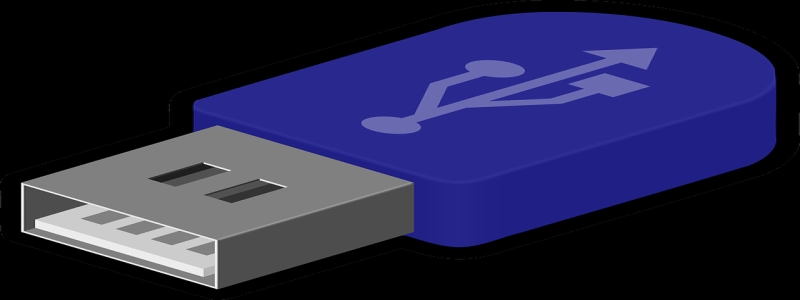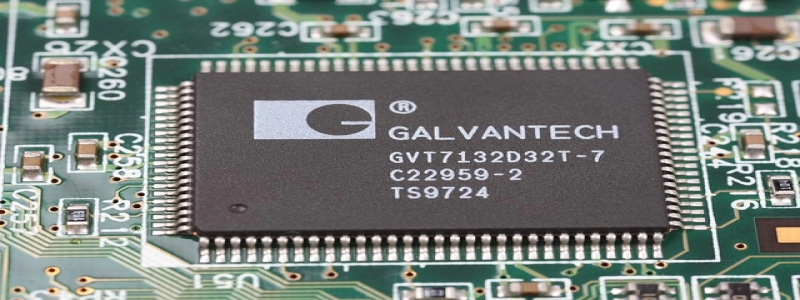Copper over Ethernet
Introduction:
Copper over Ethernet (CoE) refers to the transmission of Ethernet signals over copper cables. This technology allows for the extension of Ethernet networks beyond the traditional limit of 100 meters, enabling longer-distance communications and the expansion of network infrastructure. In this article, we will explore the various aspects of Copper over Ethernet, from its advantages to its applications.
I. Advantages of Copper over Ethernet:
1. Extended reach: CoE enables Ethernet signals to be transmitted over copper cables at distances greater than the traditional 100-meter limitation. This extension allows for the connection of devices located farther apart, thus expanding the network reach.
2. Cost-effective: Copper cables are generally more cost-effective compared to optical fiber cables, making CoE a cost-efficient solution for network expansion. Utilizing existing copper infrastructure can significantly reduce installation and maintenance expenses.
3. Compatibility: CoE is compatible with existing Ethernet protocols and standards. This compatibility ensures seamless integration into current network infrastructures without the need for extensive upgrades or alterations.
4. Flexibility: Copper cables can support various Ethernet speeds, including 10/100/1000 Mbps and even 10Gbps, depending on the type of copper cable used. This flexibility allows for different applications ranging from small office networks to data centers.
II. Applications of Copper over Ethernet:
1. Industrial automation: CoE is widely used in industrial environments where communication is required over long distances. It provides a reliable and scalable solution for connecting various devices, such as programmable logic controllers (PLCs), sensors, and actuators.
2. Security systems: Copper over Ethernet is commonly used in security systems, including video surveillance and access control. By enabling the transmission of Ethernet signals over copper cables, it allows for the connection of cameras, access control readers, and other security devices to a central server.
3. Campus networks: CoE is ideal for connecting different buildings within a campus, such as educational institutions or corporate campuses. Copper cables can be deployed to extend the Ethernet network, allowing for efficient communication and data transfer between various locations.
4. Internet of Things (IoT): As the IoT continues to grow, the need for reliable and cost-effective connectivity becomes crucial. Copper over Ethernet provides an affordable solution for connecting IoT devices, allowing seamless integration into existing Ethernet networks.
Conclusion:
Copper over Ethernet offers various advantages, including extended reach, cost-effectiveness, compatibility, and flexibility. These benefits make it an excellent choice for network expansion in different industries and applications. With its ability to transmit Ethernet signals over copper cables at extended distances, CoE empowers organizations to achieve efficient and reliable communication within their network infrastructure.








